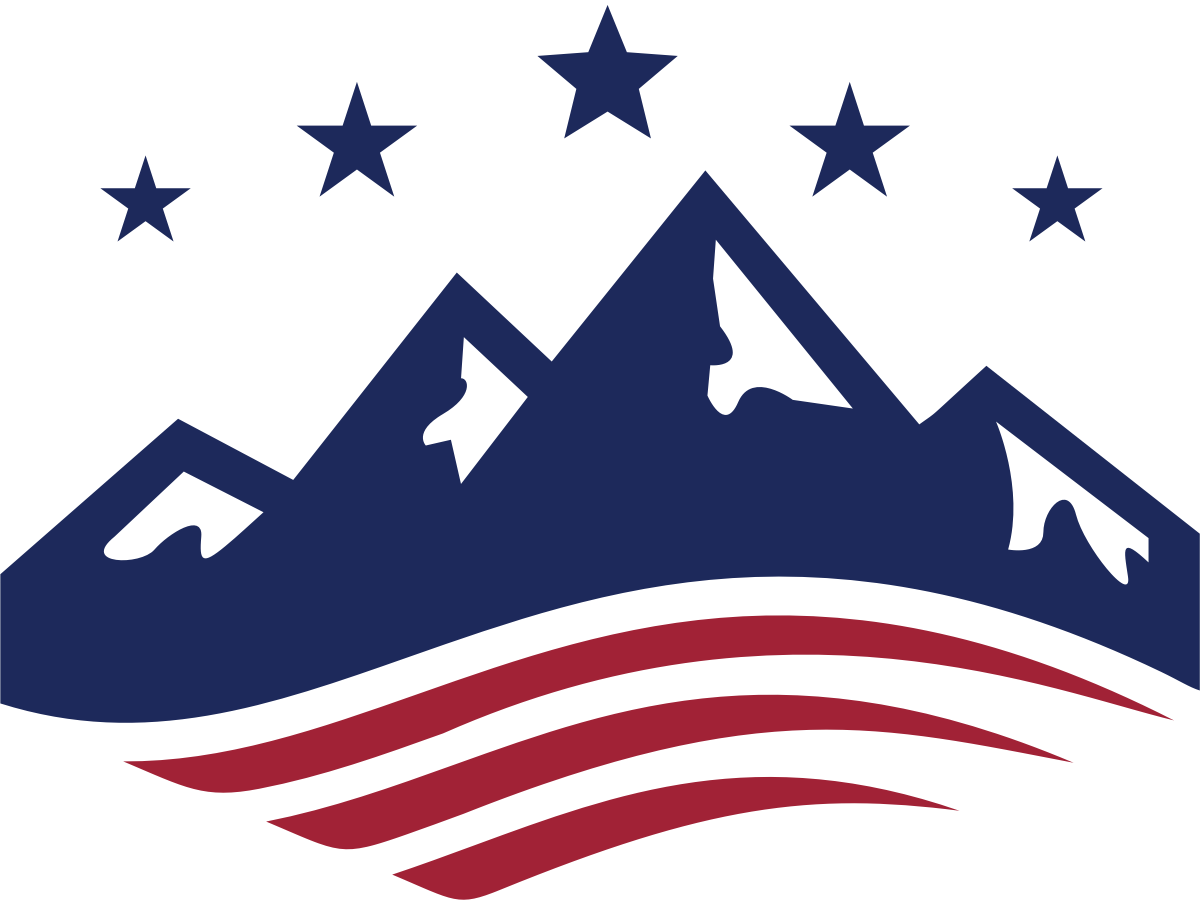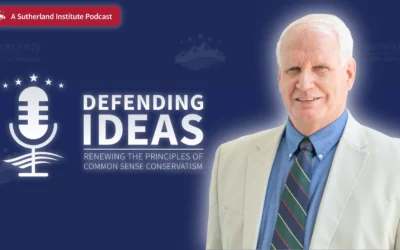
Written by William C. Duncan
December 18, 2023

A North Carolina city recently added a menorah to its holiday display in a public park. This did not, however, happen without some controversy. A year ago, the city declined to allow a menorah in the display but, this year, after hearing support from Jewish and Christian citizens, the city agreed.
The news report on the decision explains why this decision was initially controversial: “Many of the aldermen expressed hesitation in allowing a menorah to be placed alongside the December Christmas display because the menorah can be seen as a religious symbol.” The mayor and city attorney both pointed to judicial cases:
“There’s been some case law that says a Menorah is not necessarily considered a religious item; it’s considered a secular item,” said [Mayor Jeffrey Odham]. “If that were the case, I would probably be very apt to support this. My concern is the slippery slope.” . . . [City attorney] Scott [Davis] advised the board that there is case law, which has ruled the Menorah a religious item, and case law, which has ruled the Menorah is not a religious item.
It is no surprise that the city’s board of aldermen may have been confused.
The U.S. Supreme Court has weighed in on holiday displays twice, without contributing much clarity.
In 1984, the court decided Lynch v. Donnelly, which involved a challenge to a holiday display erected by a Rhode Island city. The display included “a Santa Claus house, reindeer pulling Santa’s sleigh, candy-striped poles, a Christmas tree, carolers, cutout figures representing such characters as a clown, an elephant, and a teddy bear, hundreds of colored lights, a large banner that reads ‘SEASONS GREETINGS,’ and the creche at issue here.” The creche had “been included in the display for 40 or more years.” Some city residents and the state American Civil Liberties Union affiliate challenged the inclusion of a Nativity display as an unconstitutional establishment of religion.
Pointing to “an unbroken history of official acknowledgment by all three branches of government of the role of religion in American life from at least 1789,” five justices held the display was constitutional because there was not enough evidence “that the inclusion of the creche is a purposeful or surreptitious effort to express some kind of subtle governmental advocacy of a particular religious message.”
Justice Sandra Day O’Connor joined the majority opinion while also writing a separate opinion to argue that the court should look at two factors in assessing a display like this one. First, whether the display involved “institutional entanglement” between religion and government. Second, whether the display involved “endorsement or disapproval of religion.” She believed the display in this case was not intended to endorse Christianity and did not have that effect, so it could be displayed.
Four justices dissented. They argued that the inclusion of a creche had no secular purpose: “To be found constitutional, Pawtucket’s seasonal celebration must at least be nondenominational and not serve to promote religion. The inclusion of a distinctively religious element like the creche, however, demonstrates that a narrower sectarian purpose lay behind the decision to include a nativity scene.”
In 1989, the court decided County of Allegheny v. American Civil Liberties Union. This case involved two separate challenges, the first to a Nativity scene in the county courthouse and the second to a menorah outside a city-county building. The case resulted in five separate opinions.
The bottom line is that six justices believed the Nativity scene was unconstitutional. The majority opinion pointed to the inclusion of the words “Glory to God in the Highest!” and the fact that the “creche stands alone” without other features that would “detract[] from the creche’s religious message.” This opinion distinguished Lynch because it had included such things as “Santa’s house and his reindeer.”
On the other hand, five justices concluded the menorah was constitutional because its “message is not exclusively religious.” It was important to these justices that “the menorah here stands next to a Christmas tree and a sign saluting liberty.”
Three justices would have held that the menorah was also unconstitutional (and that a Christmas tree is a religious symbol).
Three justices would have found both displays were constitutional for the historical reasons outlined in Lynch. They argued:
If government is to participate in its citizens’ celebration of a holiday that contains both a secular and a religious component, enforced recognition of only the secular aspect would signify the callous indifference toward religious faith that our cases and traditions do not require; for, by commemorating the holiday only as it is celebrated by nonadherents, the government would be refusing to acknowledge the plain fact, and the historical reality, that many of its citizens celebrate its religious aspects as well. Judicial invalidation of government’s attempts to recognize the religious underpinnings of the holiday would signal not neutrality, but a pervasive intent to insulate government from all things religious.
As a group of legal commentators noted about these cases, “a well-placed Santa and reindeer could save a crèche from being removed from the village square by a federal court.”
This description should provide sympathy to the officials in North Carolina. Not only do Supreme Court rulings matter, but perceptions of court rulings matter as well. Thus, unclear legal rules on a matter can lead to self-censorship by municipal officials, a seasonal chilling effect.
Clear rulings are an essential part of a healthy judiciary and, more foundationally, to the rule of law. Ambiguity in rulings creates problems for those trying to comply. Lack of clarity makes obedience and enforcement difficult or impossible.
There are more important Christmas messages, but this minor one is worth remembering as well.

Insights: analysis, research, and informed commentary from Sutherland experts. For elected officials and public policy professionals.

- Some local governments struggle to determine if items with religious significance can be included in holiday displays.
- The U.S. Supreme Court decisions on this question focus extensively on decoration specifics and are difficult to understand and apply.
- Unclear and ambiguous court decisions undercut the clarity needed for a functioning rule of law.
Read More
Protecting property rights against government overreach
While governments can continue to regulate land use, these regulations and fees must be justified by a government interest and proportional to the effect of the development’s impact on that interest.
Do we need to care about the Utah State Board of Education?
For any Utah voters who also feel like K-12 public education is headed in the wrong direction, learning about the candidates running for a seat on the Utah State Board of Education (USBE) is a wise choice this election season.
Defending education choice the right way
Education choice has exploded in popularity across the nation in recent years. So why does it remain a contentious point of debate in some parts of the country?


